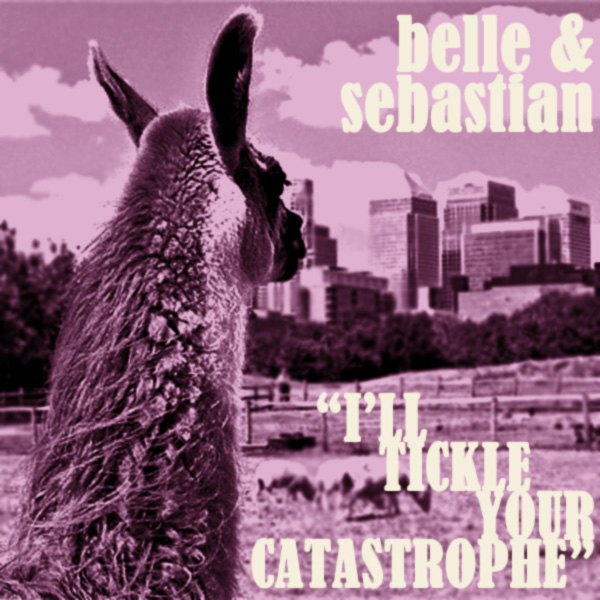Short version: I can’t play
Animal Crossing anymore because it’s making me feel like a failure at life — that is, more so than playing any most other video games would.
If you’re not the joystick-handling crowd, know this much:
Animal Crossing is a Nintendo franchise, the newest installment of which recently came out for the Nintendo 3DS. The game essentially works like a Tamagotchi that beams you into its world (yes, like
that one Saved by the Bell Saturday morning preview), so instead of just taking care of one fictional organism, you’re charged as custodian of a whole fictional environment. You pull the weeds. You arrange your home for maximum feng shui. You scuttle among your anthropomorphic neighbors running errands. And this is all supposed to be fun.
Further explanation of the death of cutesiness after the jump.
 |
the sloth who runs the plant shop. he no longer exists, because i deleted my save file. |
The thing is, despite my dreary description, the
Animal Crossing games are fun. There may be no end-of-stage flagpole to slide down, no bad guy to punch, no princess to rescue, but they seem entertain in the classic Nintendo sense, and that’s why I’ve purchased and played each of them that have been released in the U.S. Yes, they’re cutesy
as fuck, but that superficial kiddiness hides some deep, engrossing gameplay and more potential for creativity than other major franchises. Most recently, I bought the newest one,
New Leaf, which allows to become the mayor of your fictional town and therefore pursue public works projects. I am 100 percent not shitting you: You pick a point in the local creek that could use a bridge, and then you start raising public funds from the various dogs, cats, deer, mice and octopuses who live in your town to build said bridge. Again, it seems bizarre to imagine charity drives as an integral aspect of a video game, but somehow
Animal Crossing works. These ceaseless chores somehow result in a cuter
Sim City wherein you can design your town in pleasingly specific ways and eventually have it inhabited by
a dress-wearing frog who’s probably unaware that her name refers to
a French delicacy made from her own body.
Inexplicable fun factor aside, I have deleted the file from my 3DS and will never, ever play it again.
I’m thirty-one, and although I feel no guilt about sinking a few hours here and there into video games, playing
Animal Crossing gave me a growing sense of anxiety. In my actual life, where squirrels don’t wear clothes and don’t write me letters, I haven’t done enough in the city I live in. I don’t
actually want to build bridges over local rivers, I should point out, but having been a (legal) adult for a decade now, I do wonder what I could do to make the space I live in better. As a result, I feel uneasy about letting
Animal Crossing successes sub in for real-life ones, consciously or unconsciously. I just couldn’t stroll around a fictional neighborhood, cleaning up garbage and planting trees, when I knew I was only sitting in my apartment and ignoring the fact that my real neighborhood could also benefit from less garbage and more trees.
 |
the flanders-sweatered bastard to whom you
always owe money. i am particularly happy
about his newfound non-existence. |
That’s actually just half of my motivation to quit
Animal Crossing, though, because I could easily say that it’s pointless to rescue in-game princesses when I’m doing nothing to help the real-world princess community. No, at least in the princess-rescuing games, you rescue the princess and then finish up. With
Animal Crossing, there’s no way to beat the game. You can’t win, because that’s not the point, and given enough time you will always find something more to do. At this point in my life, I can’t commit to a fictional universe that won’t end. It’s kind of like how I stopped reading
The Walking Dead (and yes, I’m also wondering if anyone’s ever pointed out this one single way in which
Animal Crossing is like
The Walking Dead): I like my plots to follow traditional arcs with rising action, a climax, and then falling action. I like to commit my time until the end and then move on, perhaps having learned something about life and living. I step into my fictional universes knowing that the experience has been thought out, A to Z.
So that’s why I said no to
Animal Crossing. Is it weird if I imagined my little town and its cuddly inhabitants being obliterated by an apocalypse when I deleted the file? Like, their pixels flying apart as the very core of their existence ceased to be? No, don’t answer that. I’m pretty sure that’s how everyone would feel.
Video games, previously:


















